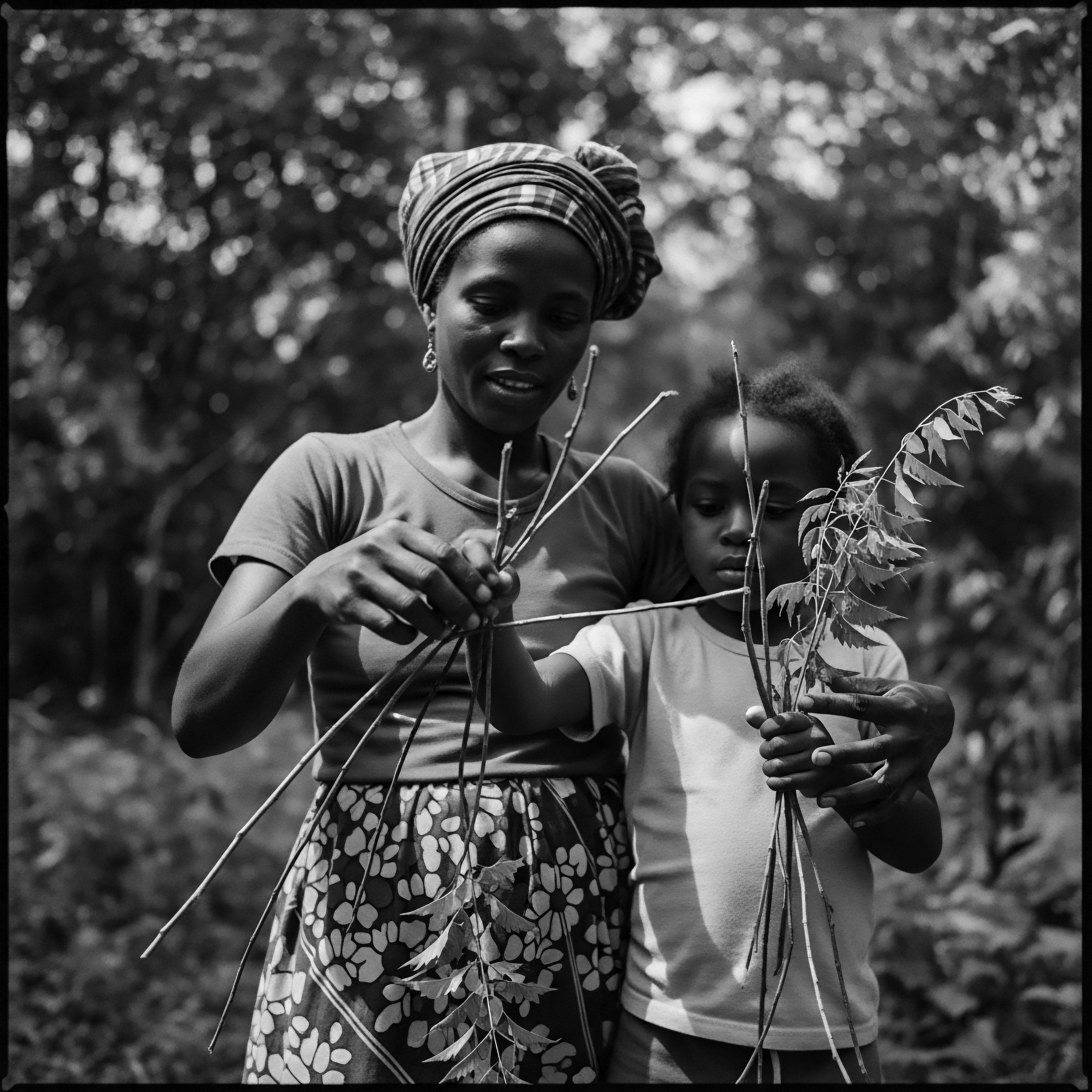
Fundamentals
The Collective Memory, within Roothea’s understanding, describes the shared pool of recollections, knowledge, and information held by a social group, profoundly shaping its identity and understanding of the past. It is not merely a sum of individual memories, but a living, breathing archive, continually refreshed and reinterpreted through interaction and communal practice. Maurice Halbwachs, a French sociologist, introduced this concept, asserting that individuals never remember in isolation; their memories are always situated within social frameworks that lend them meaning and context. This means that the stories we tell, the traditions we uphold, and the practices we maintain are not just personal acts, but echoes of a larger, communal consciousness.
For textured hair communities, this definition takes on a particularly vibrant meaning. The Collective Memory of hair extends beyond mere aesthetics; it encompasses ancestral wisdom, the resilience born from historical challenges, and the continuous assertion of identity through hair practices. It is a profound connection to the past, carried forward in every strand, every styling ritual, and every shared narrative about hair. This deep-seated understanding allows us to appreciate how hair, often seen as a simple physical attribute, serves as a powerful vessel for heritage.
The Collective Memory, for textured hair communities, is a vibrant archive of ancestral wisdom, resilience, and identity, woven into every strand and shared narrative.
Consider the foundational elements of this shared memory. It includes the ancient techniques of hair care, passed down through generations, long before the advent of modern science. These practices, rooted in the earth and the wisdom of the elders, speak to a time when hair was intrinsically linked to spiritual well-being, social standing, and communal bonds. The Collective Memory preserves the significance of specific ingredients, the communal rituals of styling, and the protective measures employed to honor and sustain hair health.
The transmission of this memory occurs through various channels, both explicit and implicit. It lives in the gentle touch of a grandmother braiding a child’s hair, in the stories exchanged during communal styling sessions, and in the enduring symbolism of particular hairstyles. These daily interactions solidify the shared understanding of hair’s meaning, making it a tangible link to a collective past.
Key aspects of this foundational understanding include ❉
- Oral Traditions ❉ Stories, songs, and proverbs related to hair care and its significance, passed verbally from one generation to the next.
- Ritual Practices ❉ Specific ceremonies or daily routines involving hair, reinforcing its spiritual or social meaning within a community.
- Symbolic Meanings ❉ The unspoken language of hairstyles, communicating age, marital status, tribal affiliation, or even messages of resistance.
- Communal Bonds ❉ Hair styling as a shared activity that strengthens familial and community ties, creating spaces for intergenerational learning.
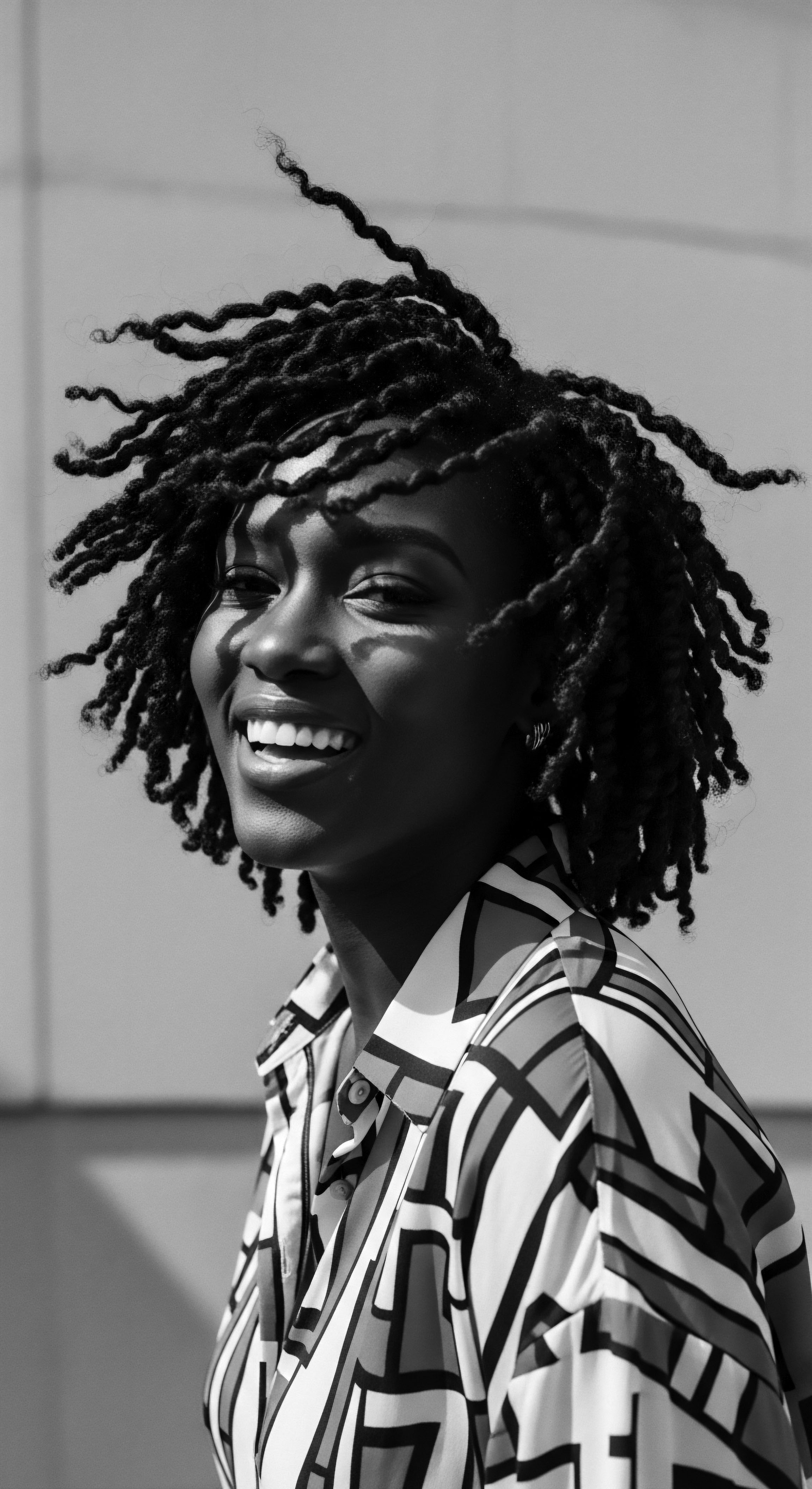
Intermediate
Moving beyond the foundational aspects, an intermediate understanding of Collective Memory reveals its dynamic nature, particularly in how it adapts and persists across historical shifts and geographical dispersion. This deeper exploration acknowledges that while individual memories may fade, the shared understanding of a group’s past, particularly concerning its textured hair heritage, remains remarkably resilient. This continuity is a testament to the enduring power of cultural practices and shared experiences.
The concept of Collective Memory within textured hair traditions is not static; it is a living phenomenon, constantly re-created and re-affirmed through the lived experiences of individuals within the group. It is the communal recollection of how hair has served as a marker of identity, a tool for survival, and a symbol of resistance through centuries of adversity. The transatlantic passage, for example, sought to erase identities, yet hair practices became a quiet, potent form of defiance, a way to hold onto ancestral ties.
The Collective Memory of textured hair is a testament to its enduring power, continually re-created through practices that affirm identity and resilience across generations.
Consider the evolution of hair care practices. While ancient methods often involved natural ingredients derived from the immediate environment, the Collective Memory carries the knowledge of their properties and efficacy, even when new materials or techniques emerge. This adaptability speaks to the deep-seated wisdom embedded within the collective consciousness, allowing for innovation without abandoning the core principles of ancestral care.
The significance of plant-based ingredients, for example, is not merely their chemical composition but the generations of trial, observation, and communal knowledge that affirmed their benefits. Ethnobotanical studies often reveal the scientific validation of practices passed down through oral tradition, connecting ancient wisdom with contemporary understanding.
The role of Collective Memory also extends to understanding the historical struggles and triumphs associated with textured hair. From the forced shaving of heads during enslavement to the emergence of the Afro as a symbol of Black pride and liberation, hair has consistently been a site of both oppression and empowerment. The shared memory of these experiences shapes contemporary attitudes towards hair, influencing choices of style, product use, and advocacy for hair discrimination laws like the CROWN Act. This communal recall informs a collective identity, fostering solidarity and a renewed appreciation for natural hair.
Understanding this intermediate level of Collective Memory requires recognizing ❉
- Adaptation and Persistence ❉ How hair traditions have survived and transformed across diverse geographical and historical landscapes, from pre-colonial Africa to the global diaspora.
- Resistance and Identity ❉ The ways in which hair has functioned as a powerful medium for expressing cultural identity and resisting oppressive beauty standards.
- Intergenerational Learning ❉ The continuous process by which knowledge about hair care, styling, and its cultural significance is transferred between generations, often through informal, intimate settings.
- Cultural Reclamation ❉ The modern movement to embrace natural textured hair, representing a collective act of reclaiming heritage and challenging Eurocentric norms.
| Historical Period/Context Pre-colonial Africa |
| Hair Practice/Symbolism Intricate braiding patterns signifying social status, age, marital status, or tribal affiliation. |
| Connection to Collective Memory A visual language preserving social structures and community narratives. |
| Historical Period/Context Transatlantic Enslavement |
| Hair Practice/Symbolism Cornrows used as maps for escape routes; seeds hidden within braids for survival. |
| Connection to Collective Memory A hidden repository of knowledge, resistance, and hope for freedom, passed through silent acts. |
| Historical Period/Context Civil Rights Era (1960s-70s) |
| Hair Practice/Symbolism The Afro hairstyle as a symbol of Black Power and "Black is Beautiful" movement. |
| Connection to Collective Memory A bold assertion of identity and pride, challenging oppressive beauty standards and unifying a movement. |
| Historical Period/Context Contemporary Natural Hair Movement |
| Hair Practice/Symbolism Embracing diverse natural textures (locs, twists, braids, wash-and-gos) and advocating for hair protection laws. |
| Connection to Collective Memory A re-affirmation of ancestral beauty, a collective healing from past traumas, and a forward-looking assertion of self-acceptance. |
| Historical Period/Context These examples demonstrate how textured hair has consistently served as a canvas for shared meaning, adapting its expression while retaining its profound link to heritage. |
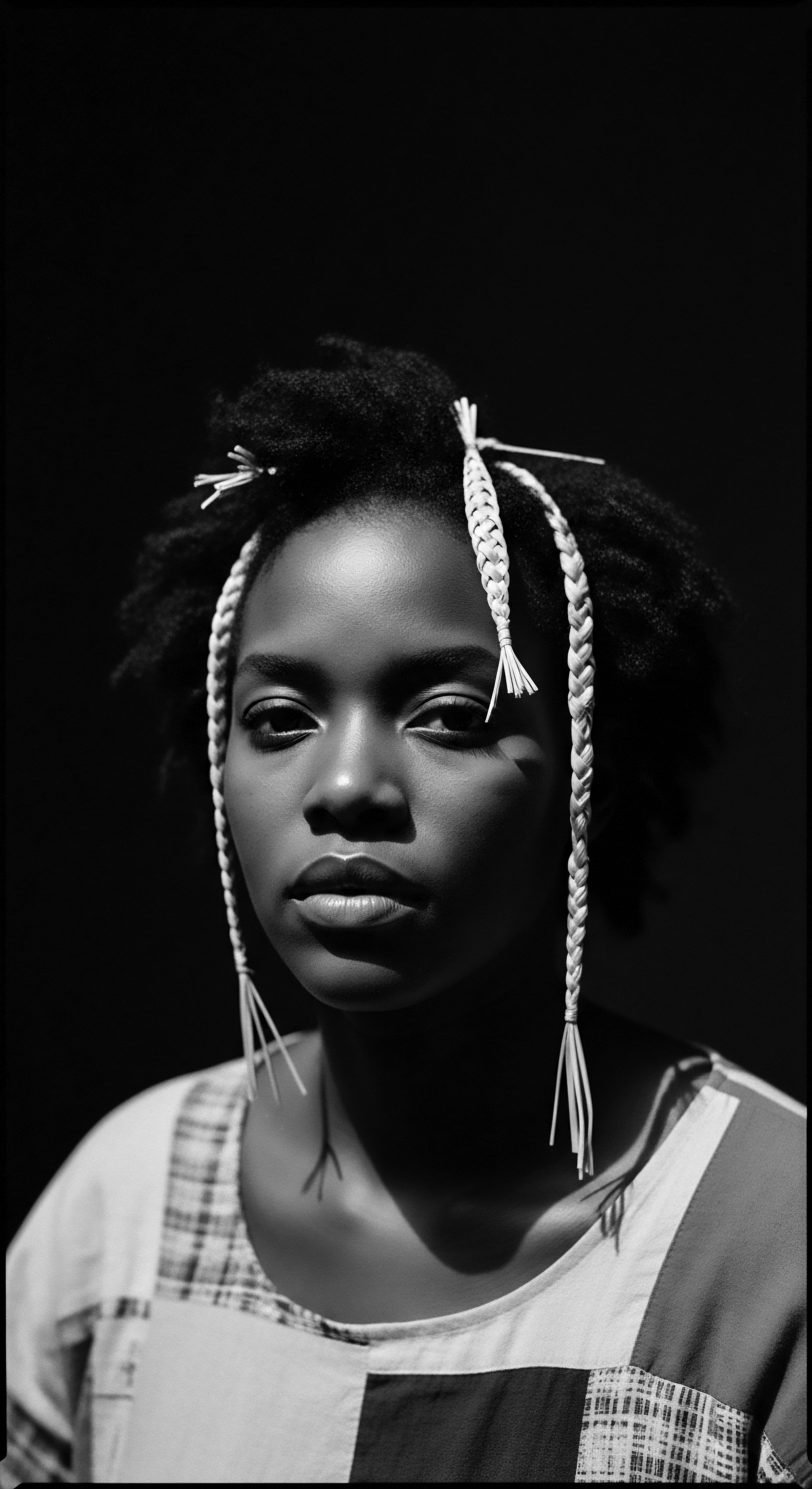
Academic
The academic definition of Collective Memory, particularly when applied to the rich terrain of textured hair heritage, extends beyond simple recollection, delving into its complex formation, societal functions, and the mechanisms of its intergenerational transmission. It represents a shared, dynamic construction of the past that is continuously negotiated, affirmed, and occasionally contested within a social group. This understanding moves beyond individual cognitive processes, acknowledging that memory is fundamentally a social act, shaped by communal frameworks and cultural artifacts. Maurice Halbwachs, in his seminal work, posited that individual memory is not isolated but rather finds its meaning and structure within the collective frameworks of a group, suggesting that “one never remembers alone.” This foundational concept underscores how the remembrance of textured hair traditions, styles, and their associated meanings is deeply embedded in the shared experiences and cultural practices of Black and mixed-race communities.
The meaning of Collective Memory in this context is therefore not merely a passive storage of information; it is an active, ongoing process of interpretation and delineation, continually shaping the present and informing future cultural expressions. It signifies the profound connection between a community’s historical experiences and its contemporary identity, with hair serving as a tangible, often visible, manifestation of this continuity. The significance of hair, from its elemental biology to its intricate social roles, is understood through this collective lens, revealing how ancestral practices are not relics of the past but living components of current well-being and self-perception.
One compelling, if less commonly cited, example that powerfully illuminates this connection is the practice of enslaved African women utilizing intricate braiding patterns to map escape routes and conceal seeds for sustenance during the transatlantic slave trade. This extraordinary act represents a profound instance of Collective Memory in action, transforming hair from a mere physical attribute into a clandestine archive of resistance and survival. As documented by scholars and oral historians, particularly in communities like Palenque de San Basilio in Colombia, women would braid their hair in specific designs—such as the “departes” style, featuring thick, tight braids tied into buns, or curved patterns representing roads—to convey information about paths to freedom.
They would also hide precious rice grains and other seeds within these braids, not only for immediate nourishment but also to cultivate new life and agriculture in the liberated settlements, known as maroon communities. This practice was a direct response to the brutal attempts to strip enslaved individuals of their identity and cultural memory, demonstrating a sophisticated system of non-verbal communication and collective resilience.
The intricate braiding patterns of enslaved African women, concealing escape maps and vital seeds, serve as a powerful, understated testament to hair’s role as a living archive of resistance and survival.
This specific historical instance reveals several critical aspects of Collective Memory.
- Embodied Knowledge ❉ The knowledge of escape routes and survival strategies was not merely spoken; it was literally woven into the physical bodies of the women, a profound form of embodied memory. This practice underscores how cultural knowledge can reside within physical forms and actions, passed down through generations not only through words but through the very gestures of care and styling.
- Adaptive Ingenuity ❉ It demonstrates the incredible ingenuity of a people under extreme duress, adapting traditional hair styling practices—which in Africa already held deep social and spiritual meaning—to serve a critical, life-saving purpose. This adaptation speaks to the dynamic nature of Collective Memory, its capacity to transform existing cultural frameworks to meet emergent needs.
- Silent Transmission ❉ The clandestine nature of these hair-maps meant their transmission relied on subtle, shared understanding, often beyond the grasp of oppressors. This form of silent communication highlights how Collective Memory can operate through implicit cues and shared cultural codes, reinforcing group cohesion and preserving vital information in the face of overt suppression.
- Continuity of Heritage ❉ The survival of these oral histories and the continued practice of cornrow braiding in Afro-Colombian communities today (with contests like “Tejiendo Esperanzas” – “weaving hope”) signifies the unbroken lineage of this particular thread of Collective Memory. It shows how historical acts of resistance continue to inform and strengthen contemporary cultural identity and pride in textured hair.
Furthermore, the academic lens examines how Collective Memory influences the ongoing psychological and social experiences related to textured hair. Research indicates that the historical stigma associated with Black hair, rooted in colonial and post-slavery beauty standards, contributes to intergenerational racial trauma. A study by De Souza Ramos (2024) explores the “intergenerational transmission of racial trauma through hair care processes between mothers and daughters in African American families.” This research highlights how messages about hair, often stemming from a need to conform to Eurocentric beauty ideals for acceptance or safety, can perpetuate feelings of inadequacy or hypervigilance.
The Collective Memory, in this context, holds not only the beauty and strength of heritage but also the lingering pain of historical oppression. Understanding this dual nature is vital for addressing contemporary challenges related to hair discrimination and promoting holistic well-being within these communities.
The scientific underpinning of traditional practices also finds its place within this academic discourse. For instance, ethnobotanical surveys of African plants used in hair treatment and care often reveal the scientific validity of long-held ancestral remedies. A study by Mouchane, Taybi, Gouitaa, and Assem (2023) on medicinal plants used for hair care in Northern Morocco identified dozens of species, many of which are still used today for their strengthening, revitalizing, and anti-hair loss properties. Similarly, research on the “Cosmetopoeia of African Plants in Hair Treatment and Care” by Koné, Diallo, and Maïga (2024) documented 68 plant species used for various hair conditions across Africa, noting that many also possess properties that could address underlying health issues.
This rigorous examination of traditional knowledge, validating it through modern scientific methods, strengthens the Collective Memory by demonstrating the enduring efficacy and wisdom embedded in ancestral practices. It provides a robust explication of why these traditions persisted, affirming their profound substance and practical value.
The interplay between individual and Collective Memory is also a significant area of academic inquiry. While individuals hold their personal experiences, these experiences are constantly framed and re-framed by the shared narratives and cultural symbols of the group. The act of communal hair styling, for example, is not just a practical activity; it is a ritual where personal stories intertwine with collective history, reinforcing a shared understanding of identity and belonging.
This process of meaning-making ensures that the Collective Memory is not a static historical record but a dynamic, lived reality. The theoretical frameworks surrounding cultural memory, which differentiate it from mere historical accounts, emphasize its role in unifying and stabilizing a common identity across generations, making it resistant to rapid change.
In essence, the academic delineation of Collective Memory in the context of textured hair heritage is a multi-layered inquiry. It examines the deep roots of ancestral knowledge, the innovative adaptations forged in the crucible of historical struggle, and the continuous, often subtle, ways these shared understandings shape contemporary experiences. It acknowledges hair as a potent cultural artifact, a living testament to resilience, identity, and the unbroken chain of communal memory.
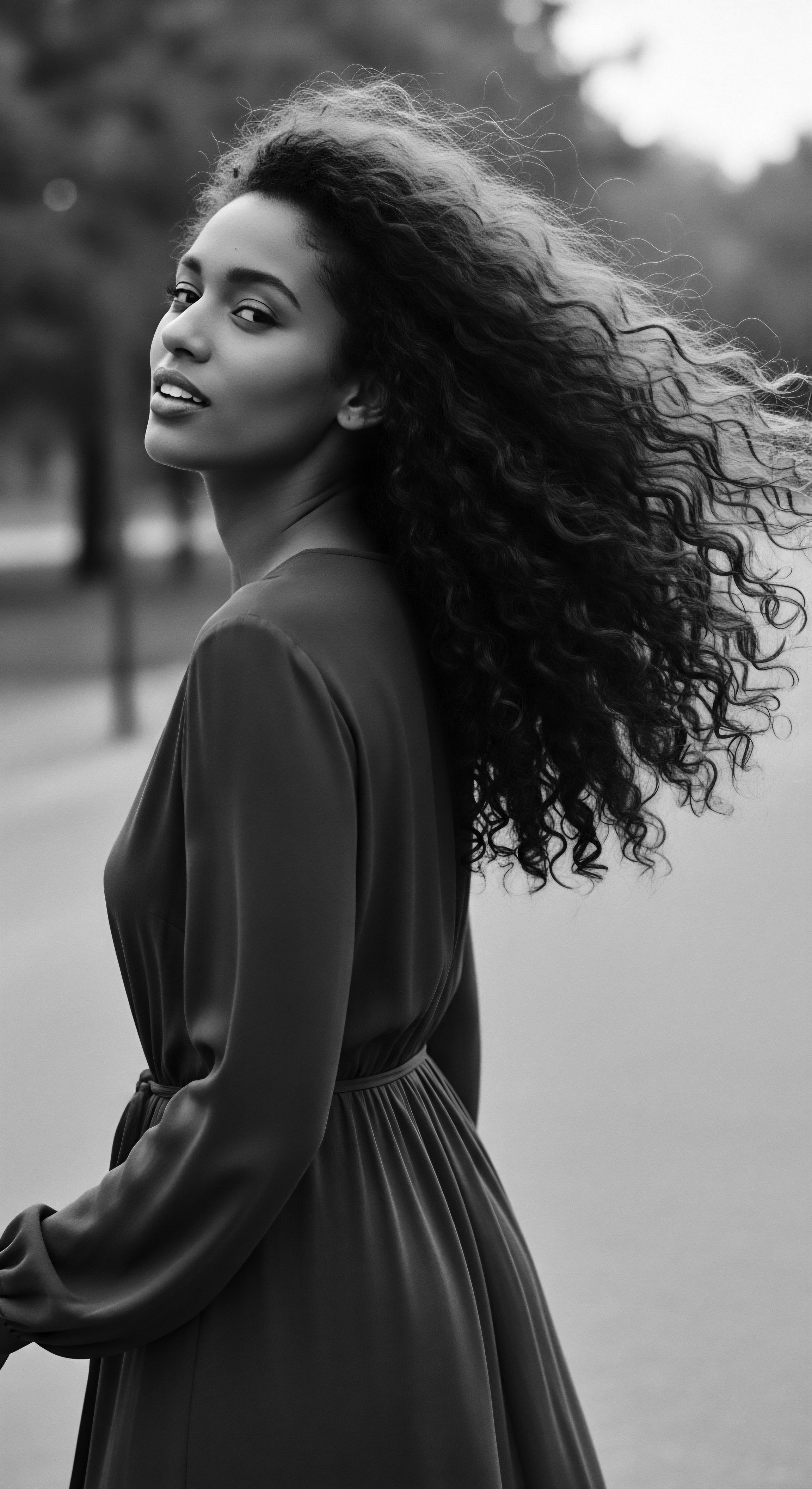
Reflection on the Heritage of Collective Memory
As we draw this exploration to a close, the enduring presence of Collective Memory within the textured hair journey stands as a profound testament to human spirit and cultural tenacity. It is a living echo, a gentle whisper from ancestral hearths, reminding us that our hair is far more than mere protein strands; it is a scroll upon which generations have inscribed their stories of survival, artistry, and self-possession. The ‘Soul of a Strand’ ethos finds its truest expression here, recognizing each coil and wave as a repository of inherited wisdom and a beacon for future generations.
The journey from elemental biology to the intricate communal rituals of hair care reveals a continuous, unbroken lineage. This heritage is not a distant, academic concept; it pulses with life in the careful parting of sections for braids, in the soothing application of botanical oils, and in the shared laughter during styling sessions. It is the wisdom that knew the strengthening properties of shea butter long before laboratories could isolate its compounds, and the understanding that hair, when nurtured, could be a powerful statement of self.
This Collective Memory invites us to walk a path of discovery, appreciating the ingenuity of those who came before us. It challenges us to see beyond imposed standards and to honor the diverse expressions of textured hair as a direct connection to a rich, complex past. The narratives of resilience, of hair as a map to freedom or a symbol of defiance, are not just historical footnotes; they are guiding principles for today’s movements towards self-acceptance and cultural pride. Our hair, therefore, becomes a site of ongoing dialogue between past and present, a conversation that shapes our identity and grounds us in a legacy of strength.
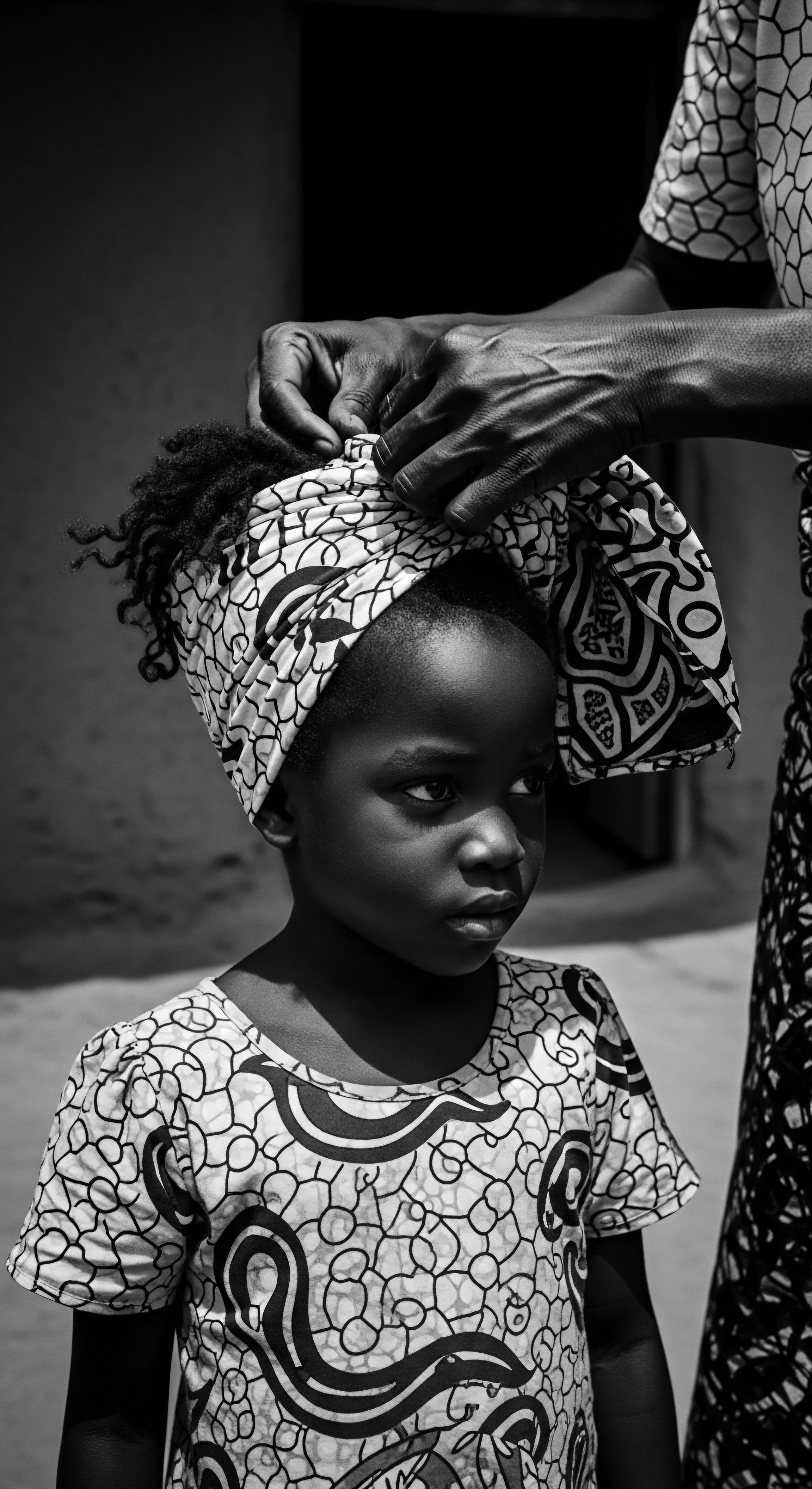
References
- De Souza Ramos, G. (2024). Detangling Knots of Trauma ❉ Intergenerational Transmission of Racial Trauma Through Hair Care Processes Between Mothers and Daughters In African American Families. University Digital Conservancy.
- Halbwachs, M. (1925). Les cadres sociaux de la mémoire. Félix Alcan.
- Koné, K. Diallo, D. & Maïga, A. (2024). Cosmetopoeia of African Plants in Hair Treatment and Care ❉ Topical Nutrition and the Antidiabetic Connection?. Diversity, 16(2), 96.
- Mouchane, M. Taybi, H. Gouitaa, N. & Assem, N. (2023). Ethnobotanical Survey of Medicinal Plants used in the Treatment and Care of Hair in Karia ba Mohamed (Northern Morocco). Journal of Medicinal plants and By-Products, 13(1), 201-208.
- Tharps, L. M. & Byrd, A. D. (2001). Hair Story ❉ Untangling the Roots of Black Hair in America. St. Martin’s Press.
